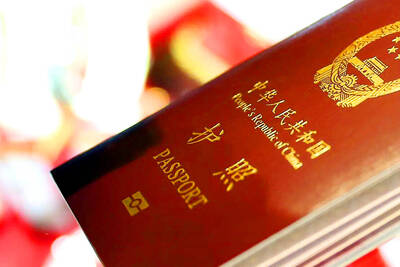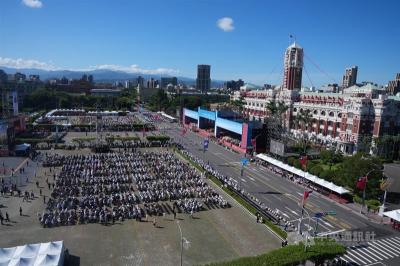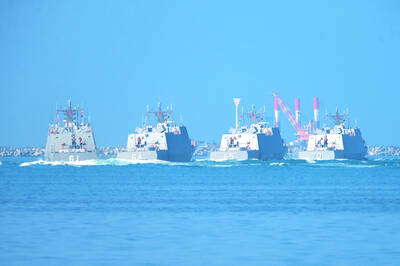The airy new Sony store in the Japanese city of Nagoya has floor-to-ceiling windows, sleek white counters and friendly employees, called stylists, who offer advice and tailored counseling on Sony gadgets.
“It’s just like the Apple store,” said Yuka Hara, 23, a publishing company employee who was one of thousands of visitors on the store’s first day of business this month.
The store’s copycat design, although more hip and up-to-date than the company’s traditional Sony Style retail outlets, is emblematic of Sony’s struggle to regain its footing in recent years after a host of missteps: The company always seems to be playing catch-up instead of leaping ahead.
“Sony once hit home runs, but now it’s lost its touch,” said Akihiko Jojima, an analyst and author of the book Sony’s Sickness. “Sony still makes competent products, but they’re all just boring ground balls.”
It’s been a humbling fall for the company, which once shook up entire categories of electronics with its Walkman music player and PlayStation game console, and commanded premium prices for top-quality products.
In the last few years, its position as a consumer electronics titan has been usurped by more nimble competitors. The iPod from Apple dominates the digital music player category. Among video game consoles, the PlayStation 3 and its PlayStation Portable consoles from Sony trail the competing Wii and DS machines from Nintendo. Samsung Electronics leads in the global flat-panel TV market, a traditional stronghold of Sony.
Sony’s pioneering e-book reader lost its early lead to the Kindle from Amazon.com. And in the fast-growing smartphone market — an important area for future growth — Sony’s hands have been tied. Under a 2001 deal that spun off its mobile phone operations into a joint venture with Ericsson, Sony has been prevented from offering cellphones that draw heavily on its own other technologies.
All the while, Sony has failed to leverage the wealth of content at its music and cinema arms to the advantage of the wider company.
Sony, while acknowledging its past stumbles, says that its comeback has begun.
“We will go on the offensive in 2010,” said Yoshihisa Ishida, a Sony senior vice president, at the unveiling of a new 3D television in Tokyo this month. Sony will begin selling 3D TVs in June, joining an industrywide push to bring the technology behind the hit movie Avatar from cinemas to living rooms.
In the next few weeks, Sony will introduce a new online service that will eventually let users download music, television shows, movies and games from the company’s extensive library onto gadgets like computers, Blu-ray players, televisions, game consoles and digital cameras. The network, tentatively called the Sony Online Service, will be based on the company’s existing PlayStation Network, a game download site with more than 40 million accounts.
Sony is working with Google and Intel on Google TV, a platform for a new generation of televisions and set-top boxes that will make it easier to browse the Web on TV screens. The first devices featuring the technology are expected to be on sale this summer.
The company is also working on tablet computers similar to the coming iPad from Apple.
“You’ll see many different products that you can probably compare with the iPad,” said a Sony engineer who asked for anonymity because he was not authorized to speak to the news media.
Whatever the mode of attack, the next steps by Sony CEO Howard Stringer — who promised to make Sony “cool again” when he took the helm at the manufacturer in 2005 — will be critical.
Sony’s finances, battered in the global financial crisis, are finally improving after aggressive cost-cutting and a revival in sales. In the final quarter of last year, Sony surpassed analysts’ expectations with a sevenfold increase in profit, to ¥79 billion, or US$853 million.
And with Stringer’s favorite lieutenants finally in place after a management reshuffle last year, investors hope that he can finally focus on his oft-stated vision to link Sony’s hardware with its software. Sony’s stock price has doubled in the last year, outperforming the broader Japanese stock market.
“If you add up all of Sony’s cellphones, digital cameras, music players, computers, you get a network that would dwarf Apple’s,” said Eiichi Katayama, a technology analyst at Nomura Securities in Tokyo. “And Sony also has content. They could become a force to contend with.”

The Ministry of the Interior (MOI) is to tighten rules for candidates running for public office, requiring them to declare that they do not hold a Chinese household registration or passport, and that they possess no other foreign citizenship. The requirement was set out in a draft amendment to the Enforcement Rules of the Public Officials Election and Recall Act (公職人員選舉罷免法 ) released by the ministry on Thursday. Under the proposal, candidates would need to make the declaration when submitting their registration forms, which would be published in the official election bulletin. The move follows the removal of several elected officials who were

The Republic of China (ROC) is celebrating its 114th Double Ten National Day today, featuring military parades and a variety of performances and speeches in front of the Presidential Office in Taipei. The Taiwan Taiko Association opened the celebrations with a 100-drummer performance, including young percussionists. As per tradition, an air force Mirage 2000 fighter jet flew over the Presidential Office as a part of the performance. The Honor Guards of the ROC and its marching band also heralded in a military parade. Students from Taichung's Shin Min High School then followed with a colorful performance using floral imagery to represent Taiwan's alternate name

FOUR DESIGNATED AREAS: Notices were issued for live-fire exercises in waters south and northwest of Penghu, northeast of Keelung and west of Kaohsiung, they said The military is planning three major annual exercises across the army, navy and air force this month, with the navy’s “Hai Chiang” (海強, “Sea Strong”) drills running from today through Thursday, the Ministry of National Defense said yesterday. The Hai Chiang exercise, which is to take place in waters surrounding Taiwan, would feature P-3C Orion maritime patrol aircraft and S-70C anti-submarine helicopters, the ministry said, adding that the drills aim to bolster the nation’s offshore defensive capabilities. China has intensified military and psychological pressure against Taiwan, repeatedly sending warplanes and vessels into areas near the nation’s air defense identification zone and across

A Chinese takeover of Taiwan would severely threaten the national security of the US, Japan, the Philippines and other nations, while global economic losses could reach US$10 trillion, National Security Council Deputy Secretary-General Lin Fei-fan (林飛帆) wrote in an article published yesterday in Foreign Affairs. “The future of Taiwan is not merely a regional concern; it is a test of whether the international order can withstand the pressure of authoritarian expansionism,” Lin wrote in the article titled “Taiwan’s Plan for Peace Through Strength — How Investments in Resilience Can Deter Beijing.” Chinese President Xi Jinping’s (習近平) intent to take Taiwan by force